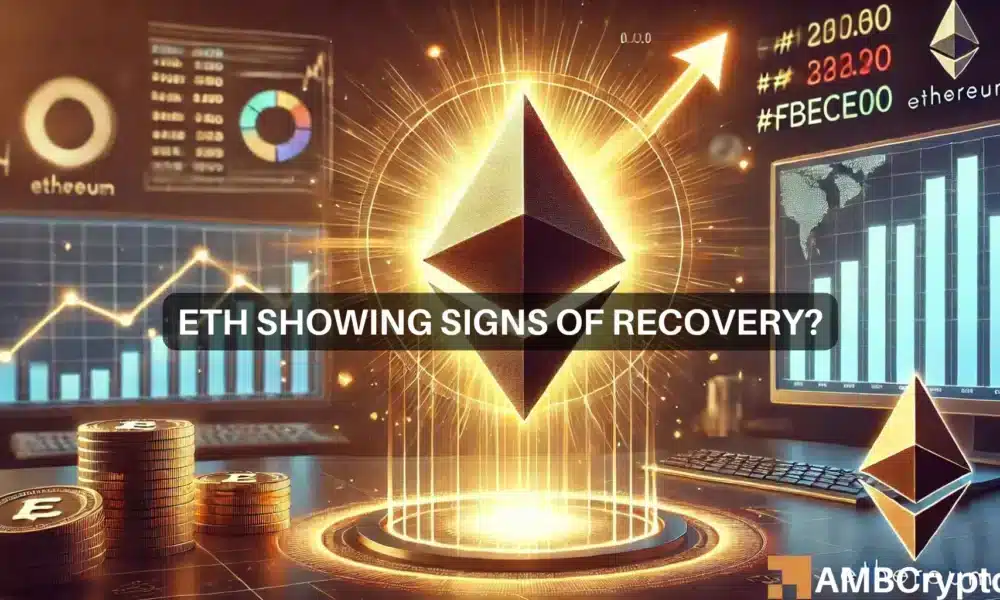Recent data indicates a decrease in Ethereum’s network activity in recent months, reflecting the challenging conditions in the DeFi space due to weak demand.
Traditionally, Ethereum has exhibited high network activity, particularly in its DeFi ecosystem, during bullish market phases.
The market has seen a positive trend this week following announcements of rate cuts that could spark renewed interest in Ethereum’s DeFi sector.
Recent activity on the Ethereum network suggests a potential recovery. The stablecoin market cap could provide some insight into the overall situation.
In April, Ethereum’s stablecoin market cap reached a peak of $82.154 billion, but it has since declined. By early August, it hit a low of $78.20 billion before rebounding to $83.84 billion at the latest observation.
The Ethereum Total Value Locked (TVL) also experienced a significant drop from its peak of $66.91 billion in June to lows below $43 billion. However, it has now recovered to $47.79 billion, hinting at a renewed confidence in the Ethereum network.
Is Ethereum on a Recovery Path?
Mid-September saw a notable increase in Ethereum’s network-to-fee ratio, the second highest surge in this metric over the past three months, reflecting higher fees from increased network activity.
This rise aligns with Ethereum’s recent price surge and the positive sentiment in the wider crypto market, though it may not fully represent the performance of Ethereum’s DeFi ecosystem.
While there are signs of improvement in the Ethereum ecosystem, there are also indications of underperformance. For instance, the number of active Ethereum addresses remains near its yearly lows.
Despite the recent uptick in activity, overall network excitement remains subdued, potentially influencing ETH price movement, especially with bearish sentiment observed among whales and institutional investors.
Analysis points to retail demand driving the recent increase in ETH prices, implying a short-term bullish trend, unless significant institutional interest shifts sentiment towards bearish territory.
It may take some time for substantial liquidity to return to the crypto market, potentially influencing price movements for weeks or even months.

